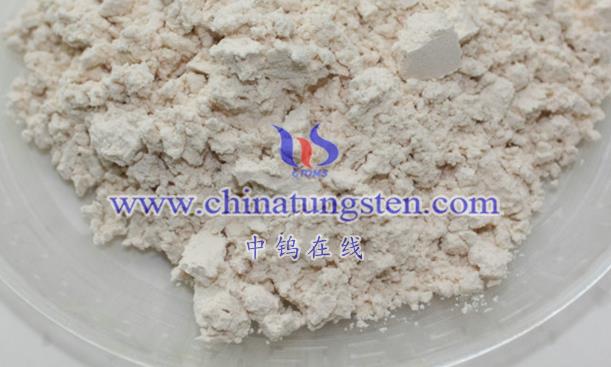
Niobium tungstate (e.g., Nb₁₄W₃O₄₄) has significant potential as a high-performance material for lithium-ion battery anodes. Below is a detailed analysis of its applications in lithium-ion batteries:
- Preparation of Niobium Tungstate
The preparation of niobium tungstate typically involves mixing specific raw materials (such as hydrated niobium oxalate, ammonium paratungstate, and fuel like glycine) with inorganic acids (such as nitric acid) to form a uniform solution. This mixture is then subjected to a self-propagating combustion reaction and calcination at high temperatures (1050–1250°C). Glycine is preferred as a fuel because it can form complexes with Nb⁵⁺ and W⁶⁺ ions, preventing them from becoming too dilute during combustion, and it has a low ignition temperature, ensuring complete combustion. Nitric acid helps to prevent Nb from hydrolyzing.
- Advantages of Niobium Tungstate as Anode Material in Lithium-Ion Batteries
- High Lithium Insertion Voltage: Niobium tungstate exhibits a high voltage for lithium insertion, which provides more stable electrochemical performance during charging and discharging processes.
- High Theoretical Specific Capacity: Niobium tungstate has a higher theoretical specific capacity, which helps improve the energy density and range of lithium-ion batteries.
- Excellent Electrochemical Performance: Studies show that niobium tungstate, as an anode material, can deliver a high practical discharge capacity (around 200 mAh g⁻¹) and has a good lithium-ion diffusion coefficient and cycling stability.
- Safety Performance: Niobium tungstate has multiple redox pairs (e.g., Nb⁴⁺/Nb⁵⁺ and Nb³⁺/Nb⁴⁺) at voltages above 1V, which helps prevent the formation of the solid electrolyte interphase (SEI) film and lithium dendrites, enhancing battery safety.
- Fabrication Process of Niobium Tungstate Anode Materials
When preparing niobium tungstate-based anode materials for lithium-ion batteries, conductive agents (such as carbon black, carbon fibers, carbon nanotubes, or graphene) and appropriate binders (like carboxymethyl cellulose and styrene-butadiene rubber) are added to the niobium tungstate material. This mixture is dispersed into a slurry containing the active anode material. The slurry is then coated onto one or both sides of a copper foil or other conductive current collectors. After the solvent is removed, the resulting strip forms a layer of the active anode material (Nb₁₄W₃O₄₄) bonded to the current collector. The binders help adhere the niobium tungstate to the collector, enhancing the mechanical integrity of the anode, improving the physical electrical contact at the solid-solid and solid-liquid interfaces, and increasing the overall conductivity of electrons and ions.
- Future Prospects of Niobium Tungstate in Lithium-Ion Batteries
With the rapid development of electric vehicles, automation equipment, and consumer electronics, the demand for high-performance lithium-ion batteries is increasing. The application of niobium tungstate as an anode material in lithium-ion batteries is expected to enhance battery energy density, cycling stability, and safety, meeting the high performance requirements in these fields. Additionally, tungsten-based lithium-ion batteries (including those using niobium tungstate as an anode material) offer higher energy density, faster charging speeds, and better heat resistance. These improvements can significantly reduce the frequency of battery replacements and lower the risk of battery explosions.
The application of niobium tungstate in lithium-ion batteries holds broad prospects and significant research value. With ongoing technological advancements, niobium tungstate is expected to become one of the key materials in the lithium-ion battery field.
More details of tungsten oxide product, please visit website: tungsten-oxide.com
Please contact CHINATUNGSTEN for inquiry and order of tungsten oxide:
Email: sales@chinatungsten.com
Tel.: 86 592 5129595















